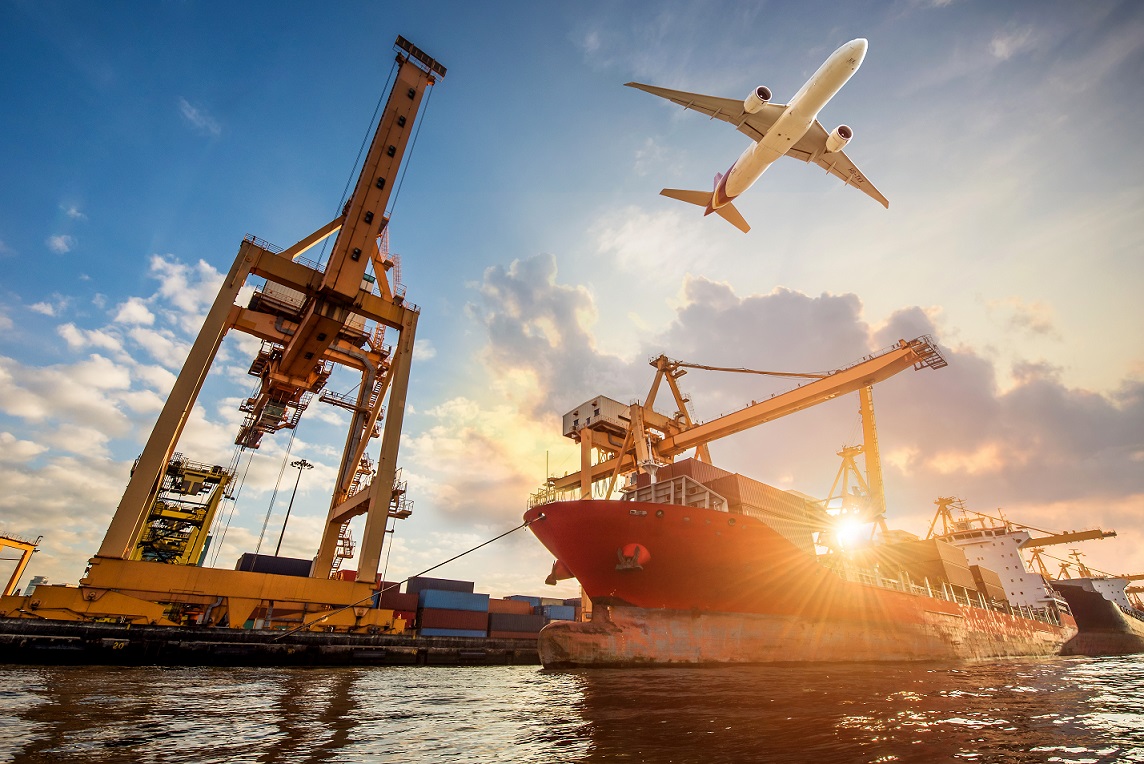Putzger Perspective: The rising cost of supply chains
05 / 07 / 2023

Source: Shutterstock
The spectre of serious supply chain disruption has loomed large over the logistics industry. By mid-June beneficial cargo owners were looking anxiously for updates on labour contract discussions.
UPS was negotiating with the Teamsters union, which had signalled its intention for a tough fight.
On the North American west coast, edgy negotiations between port labour and employers raised fears of work stoppages – both in the US and Canada.
For the first time ever west coast ports from Prince Rupert to southern California were facing the prospect of concurrent disruption.
News that drought forced the Panama Canal operator to impose draft restrictions on container ships did not help.
Labour unions have asked for hefty pay rises for their members, arguing that carriers ought to share the windfall profits they reaped over the past couple of years with their workers who risked infection and handled the cargo through lockdowns and choked-up facilities.
Container terminals are not the only logistics firms facing demand for large salary increases.
United Airlines offered its pilots a new contract worth more than $8bn in incremental value over four years. In March Delta set the stage with a $7bn increase in pilot remuneration.
FedEx has offered its pilots a 30% pay rise and improved pension benefits.
Carriers and other logistics providers will be looking to their customers to shoulder the incremental labour costs, as well as other cost increases driven up by inflation.
For their part, cargo owners have signalled that their supply chain costs are unsustainable and need to be cut back.
Parcel carriers have noted a pronounced shift from express to deferred modes, while shippers who diverted traffic from US west coast ports to avoid disruption from possible work stoppages have shifted flows back to the fastest and cheapest transpacific routing.
Airline load factors reflect sluggish demand. IATA statistics show the industry-wide load factor for April down 9.2 percentage points year on year to 42.7%.
Load factors were below 50% in all markets. They were down 18.5 percentage points for Asia Pacific carriers.
On Drewry Maritime Research’s East-West Airfreight Price Multiplier, the differential between ocean and airfreight prices surged from a factor of 5.5 in July 2022 to 19.3 in April.
Predictions for a peak shipping season are decidedly tepid, pointing to a shallow surge at best. Barring massive disruption, air carriers will have a hard time raising prices in line with their costs.













